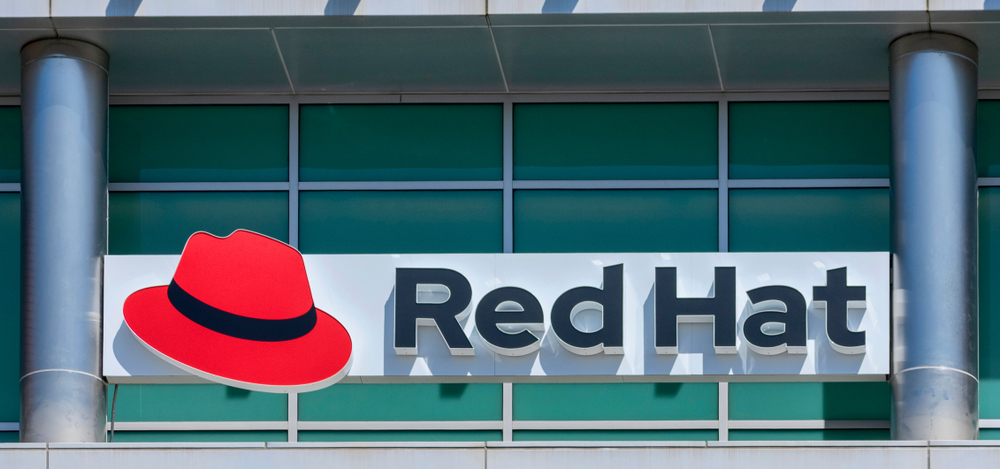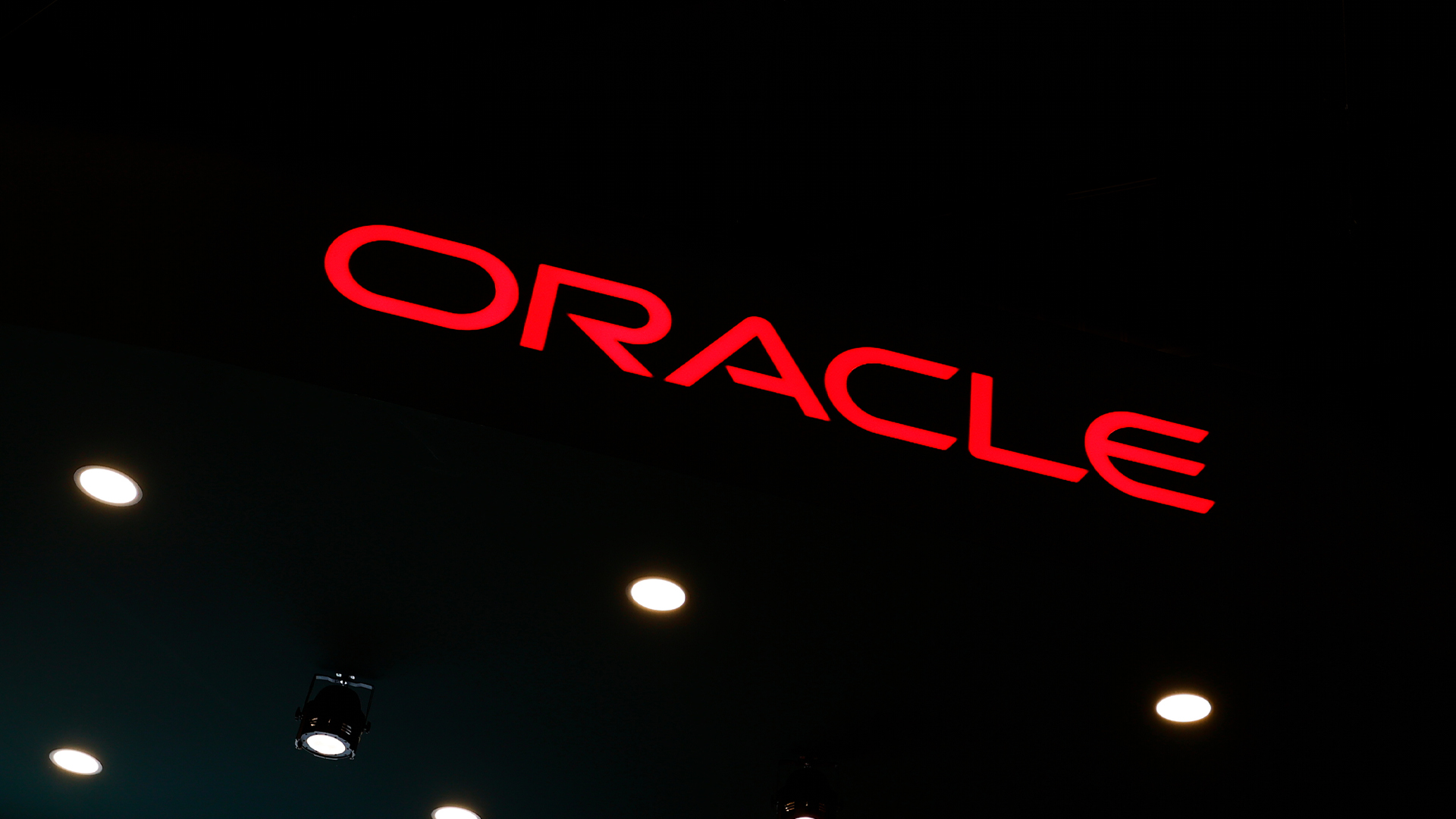Red Hat Kubernetes management update aims to boost hybrid cloud automation
Red Hat Advanced Cluster Management for Kubernetes 2.3 also promises tighter integration with Red Hat Ansible Automation Platform


Red Hat has unveiled the latest version of its Kubernetes management offering that it claimed would provide greater flexibility for managing and scaling hybrid and multi-cloud environments in a unified and automated way.
Its Red Hat Advanced Cluster Management for Kubernetes 2.3 includes additional support for importing managed Kubernetes clusters for Red Hat OpenShift on AWS (ROSA), as well as OpenShift clusters on IBM Power systems.
Red Hat said this builds on supported managed Kubernetes clusters for Red Hat OpenShift on IBM Cloud (ROKS), Microsoft Azure Red Hat OpenShift (ARO), Red Hat OpenShift Dedicated (OSD) and IBM Z.
There is also support for the provision of on-premises Red Hat OpenShift clusters on Red Hat OpenStack directly from Red Hat Advanced Cluster Management. It added that customers could also manage clusters more effectively by discovering and importing clusters from cloud.redhat.com, which would help manage more advanced features and alleviate the manual effort of importing clusters individually.
Red Hat said that with cluster hibernation, customers can also schedule clusters that are not in use to go into hibernation mode to preserve resources and better manage cloud costs.
There is also better integration between Red Hat Ansible Automation Platform and Red Hat Advanced Cluster Management, which Red Hat claimed would accelerate the automation and cohesion between cloud-native clusters, virtual machines, and traditional infrastructure with streamlined tooling and coordination.
When containerized environments need to connect with traditional IT environments, Red Hat Advanced Cluster Management can automatically trigger Ansible Playbooks before or after key lifecycle actions, such as application and cluster creation.
Sign up today and you will receive a free copy of our Future Focus 2025 report - the leading guidance on AI, cybersecurity and other IT challenges as per 700+ senior executives
The company said this would make it easier to automate tasks like configuring networking, connecting applications to databases, constructing load balancers and firewalls, and updating IT service management (ITSM) ticketing systems.
Dave Lindquist, general manager and vice president, software engineering, advanced Kubernetes management at Red Hat, said cloud-native applications and services are not an island.
“We need to meet organizations where they are to bridge the divide between traditional IT infrastructure and cloud-native development so that IT teams can focus on innovation rather than trying to get disparate technologies to work together,” Lindquist said.
Tim Grieser, research vice president, enterprise system management software at IDC, said IT executives see IT automation and configuration management tools as ways to embed the competitive advantages of speed and quality. As such, investments continue to address traditional IT environments and modern application architectures.
“The reality is that both environments are critical to business success. The automation of technology processes and the orchestration of multiple processes are critical and increasingly required to enable scale for I&O teams as software delivery cycles increase,” Grieser added.
Red Hat Advanced Cluster Management for Kubernetes 2.3 will be generally available in the coming weeks.
Rene Millman is a freelance writer and broadcaster who covers cybersecurity, AI, IoT, and the cloud. He also works as a contributing analyst at GigaOm and has previously worked as an analyst for Gartner covering the infrastructure market. He has made numerous television appearances to give his views and expertise on technology trends and companies that affect and shape our lives. You can follow Rene Millman on Twitter.
-
 Gender diversity improvements could be the key to tackling the UK's AI skills shortage
Gender diversity improvements could be the key to tackling the UK's AI skills shortageNews Encouraging more women to pursue tech careers could plug huge gaps in the AI workforce
-
 Researchers claim Salt Typhoon masterminds learned their trade at Cisco Network Academy
Researchers claim Salt Typhoon masterminds learned their trade at Cisco Network AcademyNews The Salt Typhoon hacker group has targeted telecoms operators and US National Guard networks in recent years
-
 CEOs admit majority of cloud environments were ‘built by accident rather than design’ – and it’s coming back to haunt them
CEOs admit majority of cloud environments were ‘built by accident rather than design’ – and it’s coming back to haunt themNews Many enterprises rushed into the cloud without a clear end goal in mind, according to Kyndryl
-
 Choosing the best path for virtualization
Choosing the best path for virtualization -
 Google Cloud introduces ‘no-cost’ data transfers for UK, EU businesses
Google Cloud introduces ‘no-cost’ data transfers for UK, EU businessesNews Google Cloud's new Data Transfer Essentials service will allow enterprises to transfer data to alternative providers at no extra cost.
-
 UK enterprises regret going all-in on public cloud
UK enterprises regret going all-in on public cloudNews Data sovereignty, rising costs, and governance issues mean many IT decision-makers regret having made the move
-
 Hybrid cloud is complicated – Red Hat's new AI assistant wants to solve that
Hybrid cloud is complicated – Red Hat's new AI assistant wants to solve thatNews The new assistant from Red Hat can draw upon a range of private and public AI models
-
 Cloud adoption isn’t all it’s cut out to be as enterprises report growing dissatisfaction
Cloud adoption isn’t all it’s cut out to be as enterprises report growing dissatisfactionNews New research from Gartner suggests a significant portion of enterprises will experience ‘dissatisfaction’ in their cloud journey in the coming years.
-
 Say goodbye to walled gardens, Oracle is doubling down on multi-cloud
Say goodbye to walled gardens, Oracle is doubling down on multi-cloudNews Oracle is still focused heavily on driving multi-cloud adoption, doubling down on a message that came out of Oracle CloudWorld 2024 in Las Vegas a few months ago.
-
 Orange eyes cloud native gains with Red Hat deal
Orange eyes cloud native gains with Red Hat dealNews Orange has signed a deal with Red Hat to enhance the underlying common telco cloud foundation for Orange International Networks.
